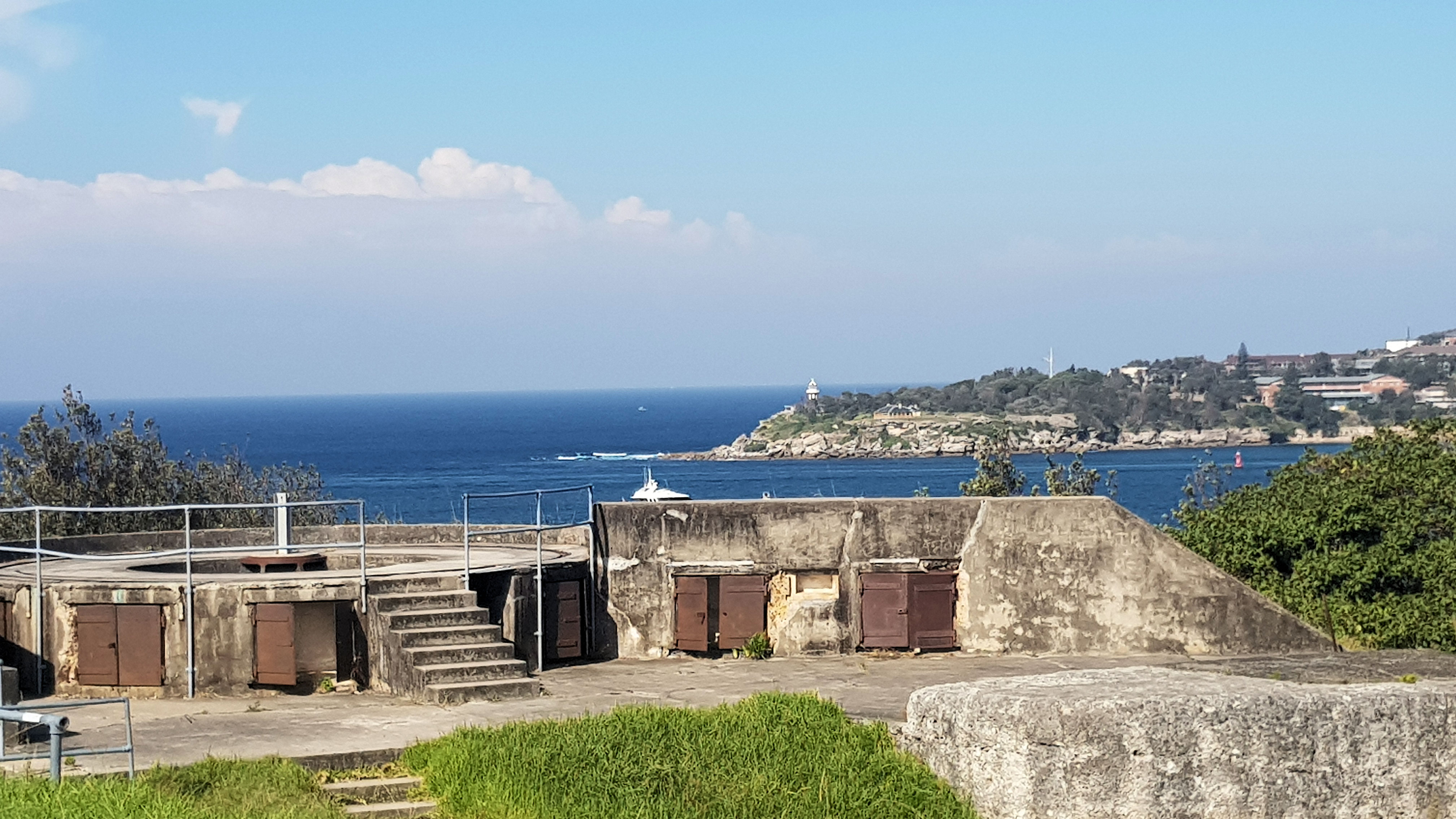Category: Army
-
Middle Head Sydney Harbour

Middle Head Middle Head on Sydney Harbour houses the remains of Sydney’s original fortifications. Designed to repel an invasion from the sea, these huge concrete structures no longer have their guns, but remain as a reminder of times when Australia thought it was going to be invaded. The Royal Australian Navy still has a presence… Read more
-
Bowenfels Gun Emplacements

Bowenfels Gun Emplacements The Bowenfels Gun Emplacements were constructed during World War 2, to protect the Small Arms Factory and coal production at a Lithgow. These industries were important to Australia’s war effort. The potential of an attack due to improvements in aircraft technology led to the construction of air defenses. Placed around Lithgow, two… Read more
-
Tomaree Head Summit Walk

Tomaree Head Summit Walk The Tomaree Head Summit Walk is part of the Tomaree National Park near Nelson Bay New South Wales, Australia. This is a great bush walk to the summit of Mount Tomaree, which can be very steep in places, so take your time. Rest and enjoy the fantastic scenery and stunning views… Read more
